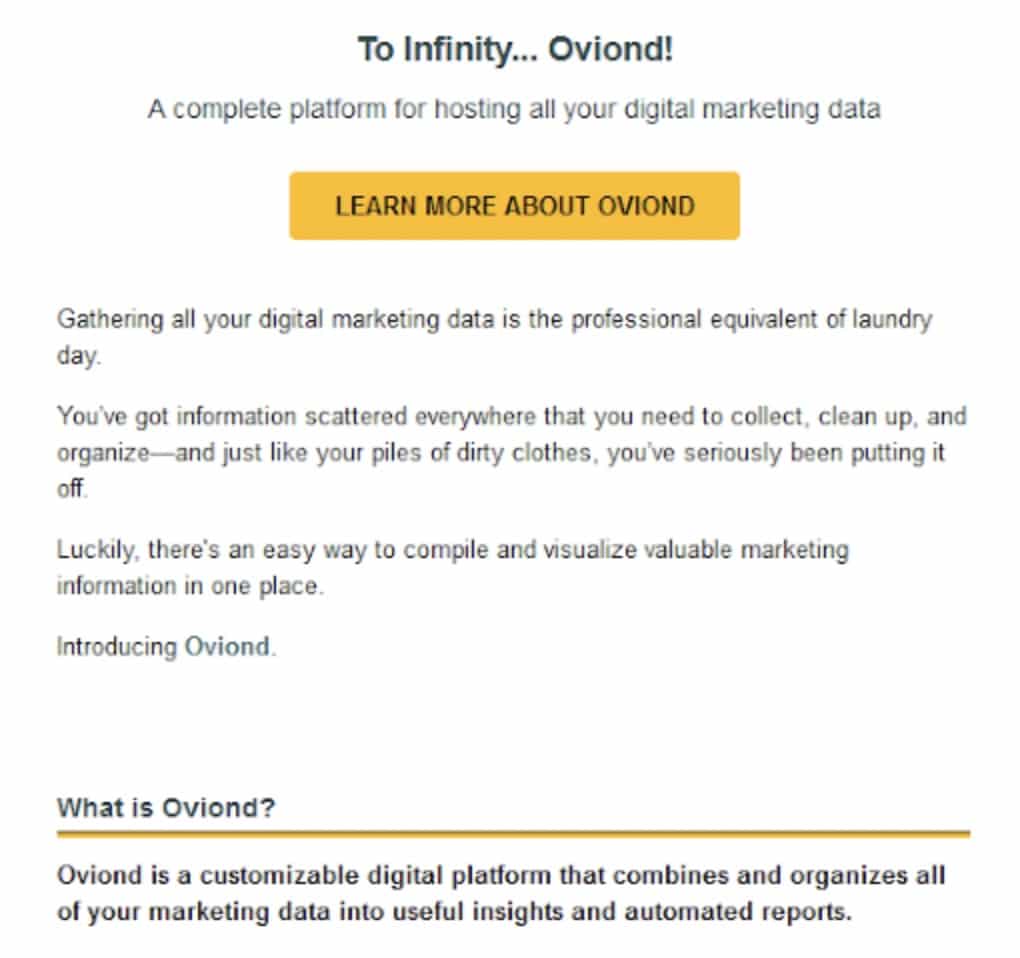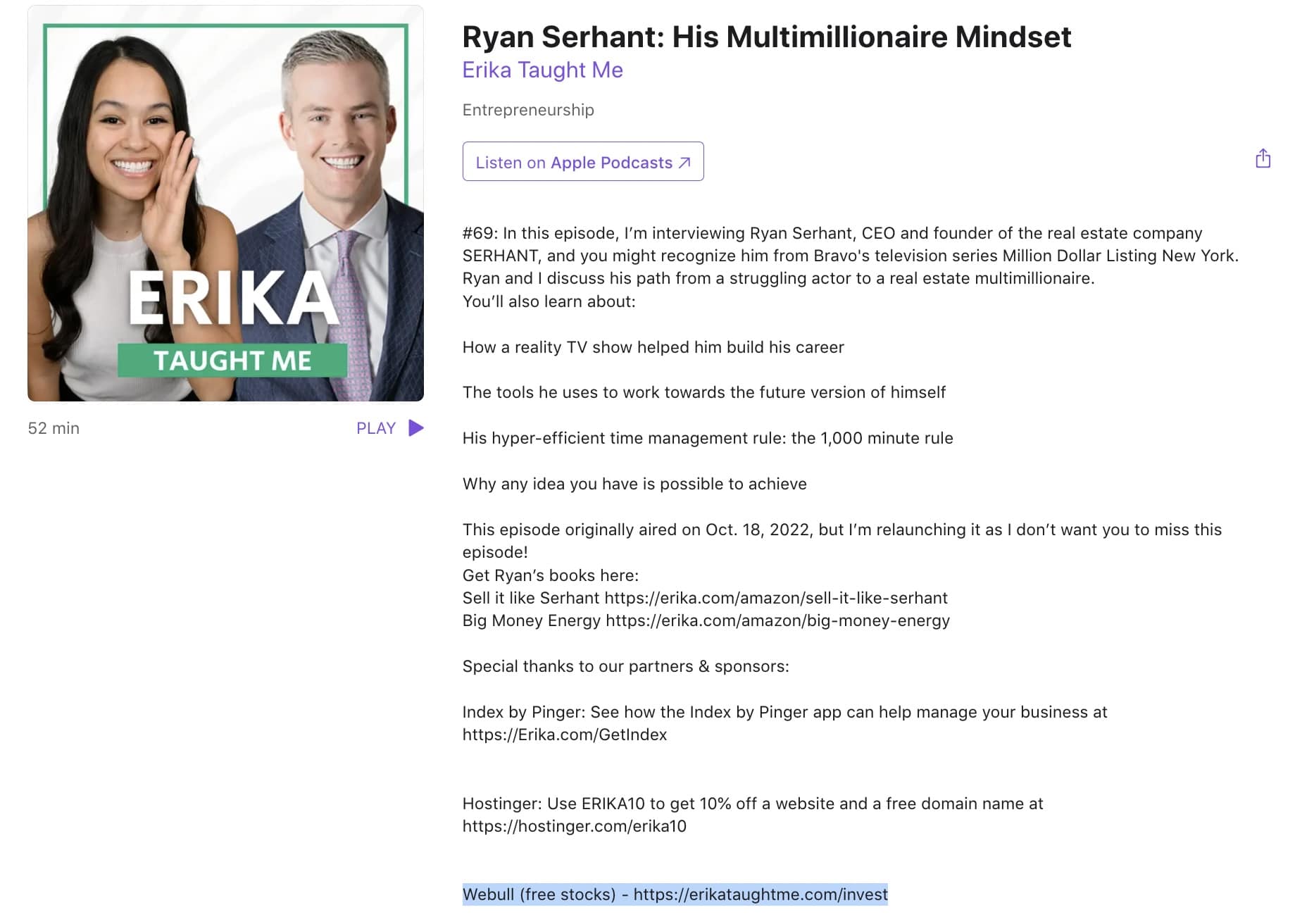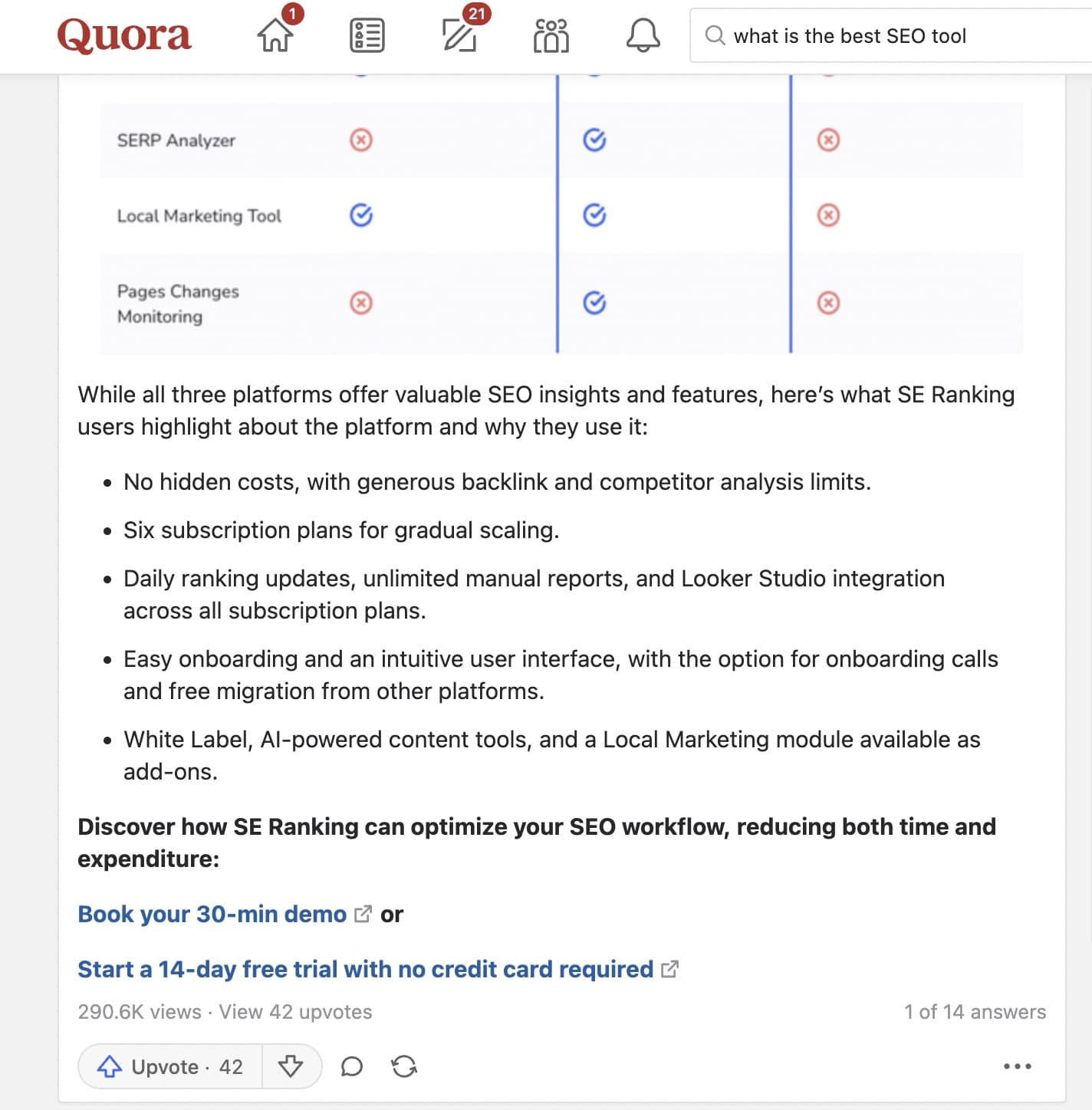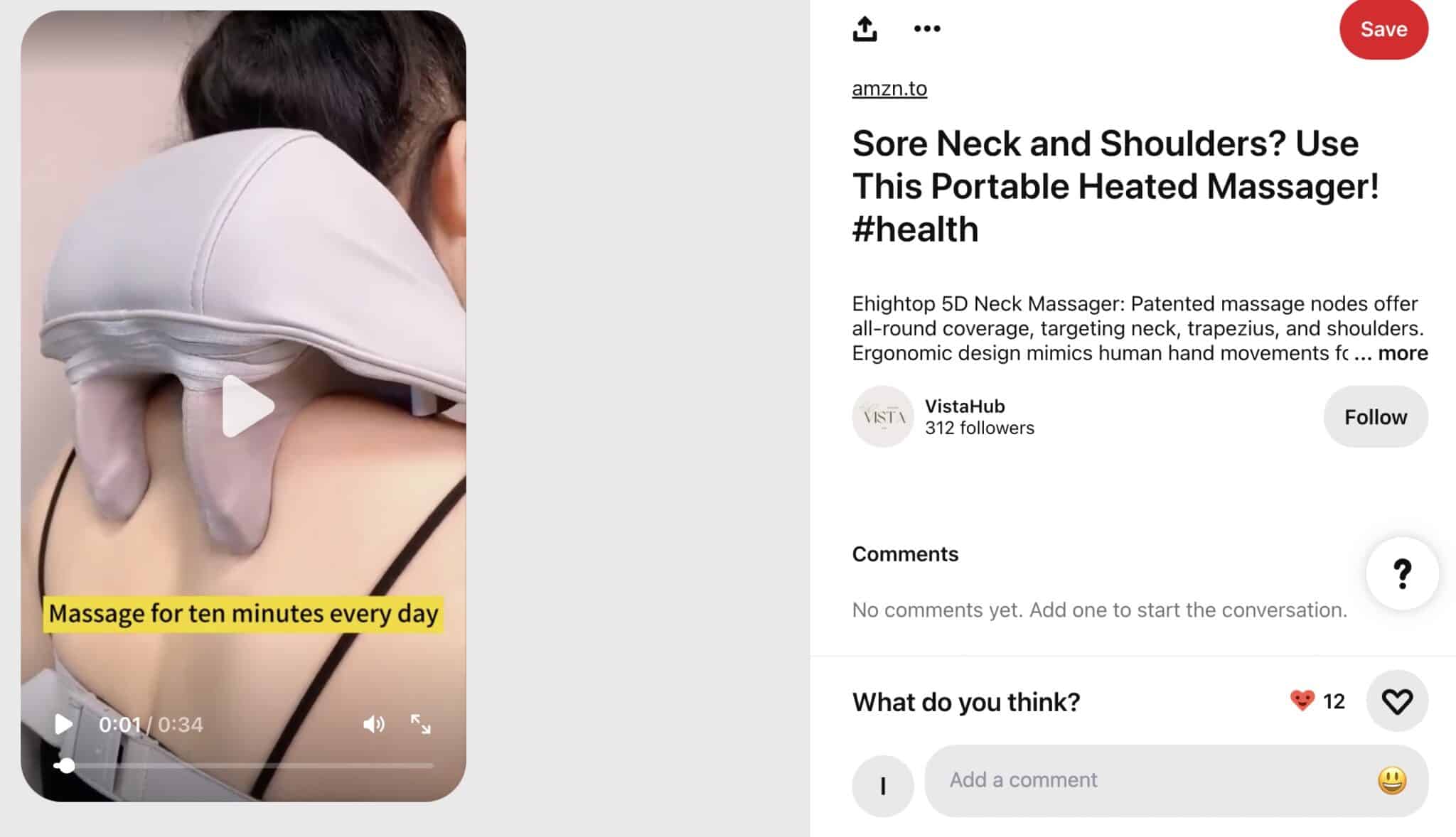Ever wondered why some affiliate links make big bucks while others are ignored? Turns out, it’s not just about the program you join, but also how you promote it.
Just signing up for a top-notch affiliate program isn’t a guaranteed ticket to success. You need to promote your affiliate links smartly if you want to make serious money from affiliate marketing.
Promoting affiliate links is a mix of creativity and strategy. You’ve got to share them in a way that grabs attention, matches your audience’s interests, and highlights the product’s perks – all without coming off as a pesky spammer.
Interested in learning how to tastefully promote affiliate links so your audience actually appreciates it? Keep reading to find out more.
Table of Contents
How Affiliate Links Work
An affiliate link is like a special passcode given to you by a company. It helps them see who you’re sending their way and rewards you with a commission for any sales made. It’s a win-win because the company only pays when they make a sale.
Here’s the gist of how affiliate links work:
- You share your affiliate link on your website, blog, or social media.
- Someone clicks on your link.
- They’re taken to the company’s website.
- A little tracker tells the company you sent them.
- If they buy something, you earn a commission.
- The commission shows up in your affiliate dashboard.
- You get paid by the affiliate network.
At first glance, affiliate links might seem like complicated codes. But really, they’re made of a few simple parts to ensure you get credit for your referrals:
- Affiliate tracking domain: A special web address set up by the affiliate network.
- Affiliate identifier: Shows you as the one sending the referral.
- Merchant/advertiser identifier: Identifies the company getting the referral.
- SubId: Personalized text to track which links work best.
- Deeplink: Directs visitors to a specific page on the company’s site.
Every affiliate link will have these elements in different combinations, creating a unique link you can use on your website, social media, or email list.
How to Promote Affiliate Links
1. Embed affiliate links into your blog post
To boost your affiliate sales, try embedding your affiliate links into your blog posts. This works best if your blog gets plenty of visitors naturally.
First off, make sure your blog churns out fresh, relevant content. People love valuable info, so share insights on different topics without sounding too pushy about selling.
There are various blog styles to sneak in those links:
- Product Reviews: Give your take on products.
- Recommendations: Suggest products you love.
- Product Comparisons: Compare different products.
- Roundup Posts: List top products in a category.
- “Alternatives to” Articles: Offer alternatives to popular products.
Check out how Homegrounds, an educational hub for coffee lovers, does a best list post, which includes affiliate links to Amazon.

Keep your content honest and unbiased. Your readers trust you, so don’t shatter that trust by endorsing products you don’t believe in.
If you’re new to blogging, pick hot topics that also hint at making a sale. You can learn how to do this in our keyword research guide.
And while you’re at it, make sure your articles are both reader-friendly and search engine optimized. Our SEO-friendly content guide will help you with that.
2. Use paid advertising
Using paid advertising is a powerful way to boost your affiliate links. With paid ads, you can target particular groups of people who are likely to buy what you’re offering.
The downside? It costs money, which can eat into your profits. Make sure to crunch the numbers to see if it’s worth it for you.
Facebook Ads is a top choice for promoting affiliate links. You can create ads that appear in users’ Facebook feeds or on Instagram, reaching potential customers where they spend their time online.
To make the most of Facebook Ads, create ads that target specific demographics or interests.
You can also run retargeting ads, showing ads to audiences who’ve already visited your site. By using tracking pixels, you can follow them around the web or on social media and nudge them to click on your affiliate links.
Google ads is another paid method worth exploring. It allows you to target keywords relate directly to what you’re promoting.
But not all affiliate programs allow paid ads. Some have rules against bidding on their brand terms. Make sure to check the fine print before launching paid campaigns.
3. Add affiliate links to emails and newsletter
Include affiliate links in your emails and newsletters is a good way to promote your affiliate offers.
First, gather email addresses by offering something valuable, like an ebook, to your website visitors.
Once you have a list of subscribers, start sending emails promoting relevant products with affiliate links.
You can either create dedicated emails solely for promoting links or seamlessly weave them into your regular content. For example, you could spotlight a product in one email or include links within informative content. Here is an example of AppSumo promoting Oviond, a marketing data platform:

Another option is to send roundup emails featuring the best deals, which allows you to include multiple affiliate links. For example, CNET experts provide detailed reviews of technology and electronics and offer affiliate links for purchasing on Amazon, Apple, Best Buy, and other sites.

Keep in mind that some affiliate networks and email services may have restrictions on including affiliate links directly in emails. In such cases, direct your email recipients to web pages where they can find the affiliate links.
Avoid bombarding your subscribers with affiliate links right from the start. Instead, build trust with a welcoming email sequence before jumping into promotions.
For more tips on email marketing for affiliates, check out our guide.
4. Promote links on a podcast or webinar
Podcasts and webinars are great for affiliate marketing because they help you connect directly with your audience. To promote affiliate links on these platforms, put links in the chat and show notes, and mention them during the podcast or webinar.
For instance, if you run a podcast about personal finance, you could mention affiliate links to finance-related products or services during the show or in the podcast notes.
You can do both things, like finance guru Erika does, since many people multitask while listening to podcasts. In one episode of her podcast, “Erika Taught Me,” she actually includes the affiliate link for WeBull in the description.

During webinars, you can also share affiliate links in the chat or during your presentation. Most hosting platforms allow you to display buttons and links.
The best thing about promoting affiliate links on webinars is that you keep getting clicks even after the live session. You can record and share the webinar with more people, which means more clicks.
5. Add affiliate links to your YouTube video descriptions
Video marketing is popular now. You can use this to promote affiliate products.
You can do this just like you would with a blog or email. For instance, you can make YouTube videos talking about the product you’re promoting. That’s what Reviewed did – they put an affiliate link right at the top of their video description.

Another way is to make an educational video and talk about a related affiliate product. It’s important that it fits naturally.
For example, if you made a video about cooking healthy meals, you could mention a kitchen gadget like an air fryer and include your affiliate link.
To make this work best, mention the affiliate link in your video. You can also offer special discounts to your viewers. Maybe give them a code that’s only available through your link.
Make sure your affiliate links are easy to find and clickable. Put them near the start of your video description so people don’t miss them.
And always be honest. Tell your viewers if you’re using affiliate links and that you’ll get a commission if they buy something through your link.
6. Promote your affiliate links on forums
Promoting your affiliate site on forums like Quora and Reddit is a great way to connect with your target audience and drive traffic to the products or services you’re promoting.
Take Quora, for example. It’s a goldmine because its content often ranks high in search results. So, if you give helpful answers, you can attract lots of clicks to your site.
For example, this answer to the question “What’s the best SEO tool?” actually contains an affiliate link at the bottom.

But be cautious – some forums have strict rules against affiliate links and may delete your post if you include them. Always check the forum’s guidelines beforehand.
If you can’t post affiliate links directly, focus on sharing valuable insights and building credibility within the community. Then, interested readers can find your affiliate links on your site.
Answer questions related to your niche products, share informative articles, and offer practical advice.
Where allowed, make sure your affiliate links add value to the discussion. If someone asks for camera recommendations, you could share your affiliate link to a trusted camera retailer, explaining why you recommend it based on your own experience.
7. Share affiliate links on social media
One easy way to promote affiliate links on social media is by creating engaging posts and adding the links in the caption or bio.
For instance, if you’re passionate about cooking, you could post a mouthwatering recipe on Facebook or Twitter and include affiliate links to kitchen gadgets or ingredients in the caption.
Here’s another example, this time in the tech niche.

On Instagram and TikTok, where you can’t put clickable links in captions, you can add the link in your bio. Alternatively, consider using a personalized discount code or a service like Linktree to share multiple affiliate links.

If you’re using Instagram stories, utilize the link sticker feature and save the post to highlights for easy access by your followers.
Pinterest is great for affiliate marketing too. You can create themed boards and pin products with your affiliate links. Use relevant keywords to make them easy to find, and you can even boost their visibility with paid ads.

Just remember to pick the right platform for your affiliate links. Each social media platform has its own audience and style, so choose the ones that match your brand and the products you’re promoting. For instance, if you’re in the travel niche, Instagram might be more effective than LinkedIn.
And always be genuine. People can tell if you’re just trying to sell them something. Share your honest opinions and experiences with the products you’re promoting to add value for your audience.
8. Include affiliate links in an online course
Adding affiliate links to your online course is a good way to help your audience while earning money from your partnerships.
If you have an online course, sprinkle relevant affiliate links throughout. This boosts the chances of your audience clicking on them and making a purchase.
For instance, if you teach a budgeting course on personal finance, you could include links to budgeting software or savings accounts.
Just like Matt Diggity does in his Affiliate Lab course where he promotes SEO tools.
Remember to tell your audience that you’re using affiliate links.
But don’t overdo it. Too many affiliate links can annoy your audience and reduce clicks. Use them wisely, only when they genuinely help your audience.
Final Words
Promoting affiliate links is a great way to make money online. This guide covered eight effective strategies to get more clicks on your affiliate links. From adding them to blog posts, newsletters, and social media to using them in online courses, forums, and videos, there are plenty of options.
To succeed with these strategies, pick products that fit your audience, share valuable content, and be honest about your affiliate relationships. Most importantly, focus on giving value to your audience. When you do that, you’ll earn their trust, leading to more affiliate sales.
Lastly, don’t be afraid to try new things and improve over time. Experiment with different approaches to see what works best for you. This way, you can boost your affiliate revenue and grow your online presence.
If you need more guidance, sign up for my online business coaching.

Jeff Smith, Founder of High Income Source, is an online business coach with a BBA in Marketing and Entrepreneurship from the University of Pennsylvania. His online business coaching program is so popular that more than 100 students have benefited and started successful online businesses under his guidance.
Jeff started dabbling in online business while he was in college, where he began with dropshipping. After college, Jeff worked at a marketing agency and freelanced as a writer. His breakthrough came when he realized the potential of blogging, leading to a $100,000 sale of a dog-focused website. His expertise includes SEO, affiliate marketing, Amazon FBA, blogging and dropshipping.